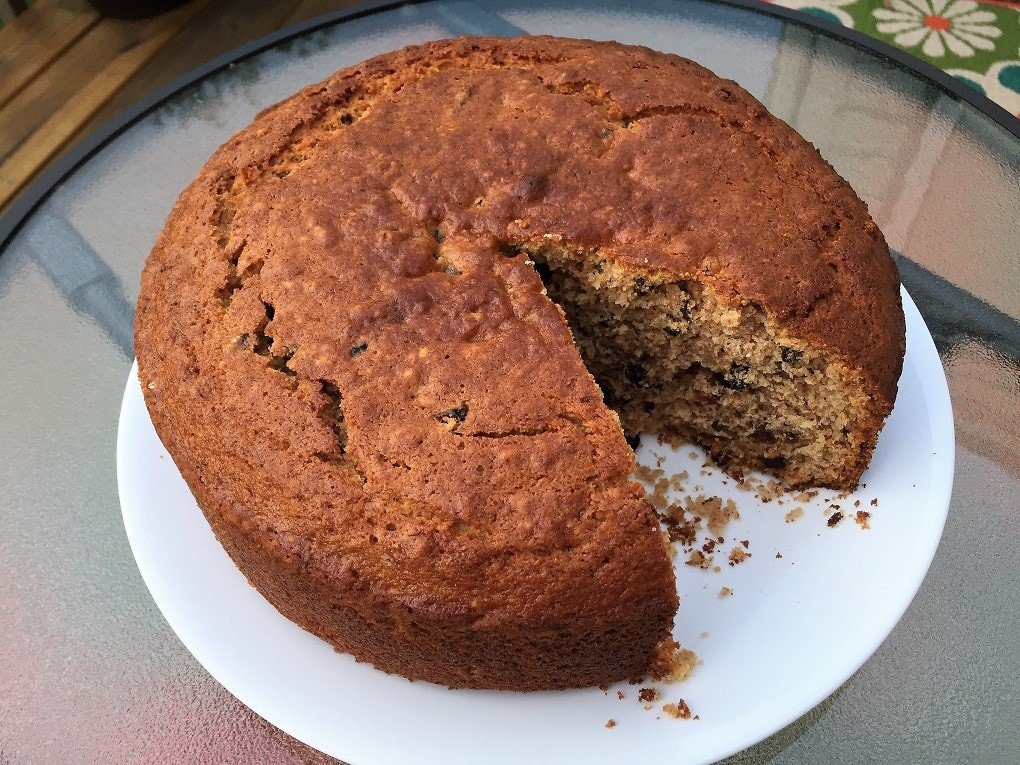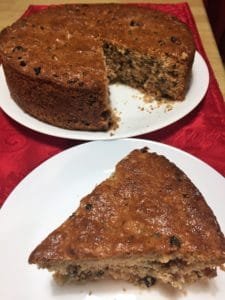
Few British foods have been as widely maligned as the humble fruit cake. And very unfairly so.
Frequently the punchline in jokes, fruit cake is assumed to be heavy, dry, and lacking in any redeeming qualities. Sadly, some cakes, both commercially- and home-made reinforce this stereotype. However, the same could be said for any dish when prepared incorrectly. Vegetables can be crisp, delicious, and nutritious. Or they can be soggy, overcooked, and devoid of all vitamins. Likewise, a meat pie can be gristly and chewy, or it can be rich and warming. It all comes down to the recipe.
Fruit cakes have been around in one form or another since Roman times, although what we would recognize as a typical fruit cake owes its origins more to the Middle Ages. Other European countries have their own versions – Germany’s Stollen or Italy’s Panforte, for example – and former British colonies in Africa and the Caribbean also have adaptations.
In England, they gained popularity during Queen Victoria’s reign after the monarch had one at her wedding. During this time, a richer, more decadent version also became popular at Christmas. It still is, coated with a layer of marzipan and then white royal icing.
Fruit cakes can last a long time when stored properly. An airtight tin is one of the best ways to keep the cake. Freezing is also possible. Many couples still carefully preserve a layer of their fruit wedding cake, wrapping it in foil and storing it in a tin for use at the christening of their firstborn, or to enjoy on subsequent wedding anniversaries.
Currants, sultanas, dates, dried cherries… they can all go in a fruit cake. For Christmas, we make them months in advance and drip them with brandy. There are also regional variations, such as Bara Brith. In this Welsh version, soaking the fruit overnight in tea adds density to the taste as well as a soft chewiness to the texture.

Boiled Fruit Cake
This recipe for a boiled fruit cake has been a favourite in our family for as long as I can remember. The cake it produces is moist and a little crumbly but not overly so.
 The measurement system for it may upset many a baker since they are known for precision. This recipe uses the most basic of measuring items – a mug. Not a dainty teacup. Use a proper coffee mug to get the right quantities.
The measurement system for it may upset many a baker since they are known for precision. This recipe uses the most basic of measuring items – a mug. Not a dainty teacup. Use a proper coffee mug to get the right quantities.
- 1 mug dried fruit (currants and sultanas but feel free to add some dried cherries, if you like)
- 1 mug sugar
- 1 mug milk
- 4 oz butter
- 2 mugs self-raising flour
- 1-2 tbs mixed spice (use more or less to suit your own tastes)
- 2 eggs
In a pan, combine the dried fruit, milk, sugar, and butter. Bring to a boil and allow the butter to melt and the sugar to dissolve. Remove from the heat and allow to cool.
While the mixture is cooling, grease a round, spring-form cake tin (8-9 inches in diameter). Preheat the oven to Gas 4 / 180C/ 350F.
In a large bowl, sift together the flour and mixed spice. Beat 2 eggs together in a small bowl. Once the fruit mixture has cooled, add it and the eggs to the flour. Stir thoroughly and pour into the prepared tin.
Bake for 50 minutes to 1 hour, until a skewer or knife is clean when inserted. Remove from the oven and allow to cool.
Eat on its own or, as is the tradition in some regions, with a slice of cheese.

